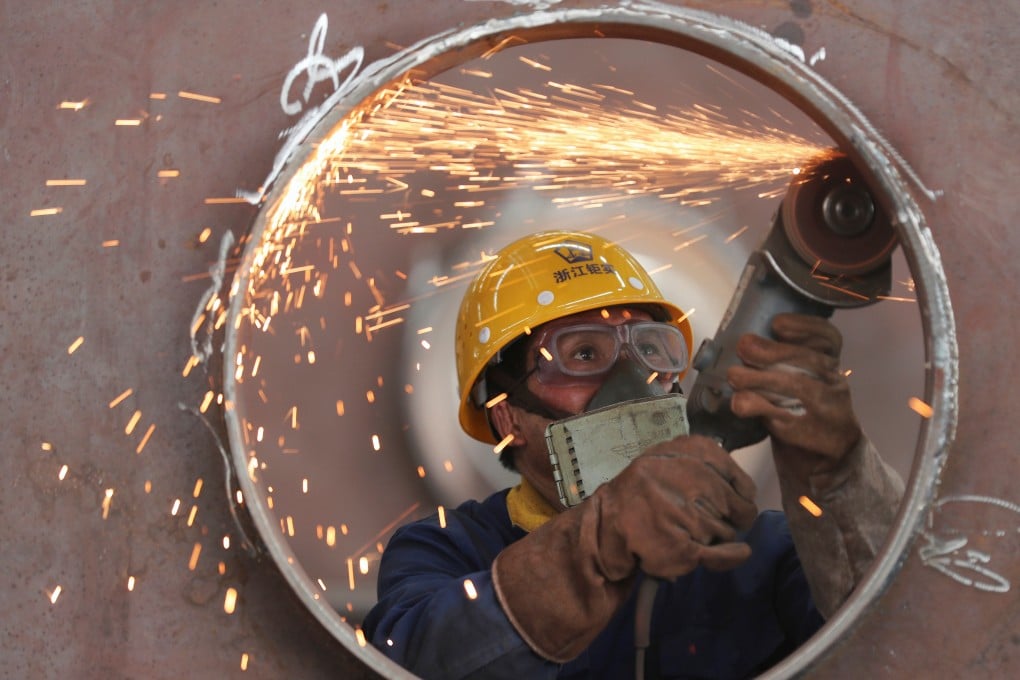China’s recovering economy needs to cool down to manage overheating risks
- It might be time for Beijing to consider reining back the excess slack and for markets to be prepared for the prospect of higher interest rates ahead. Easy money can’t last forever and Beijing needs to think about normalising policy

It might be time for Beijing to consider reining back the excess slack and for markets to be prepared for the prospect of higher interest rates ahead. Super easy money can’t last forever and Beijing needs to think about normalising policy as soon as the pandemic eases.
Domestic inflation risks seem very benign with China’s consumer price inflation running at only 0.2 per cent in December, after a brief foray into deflation in November when headline inflation turned negative to the tune of 0.5 per cent. There is no room for complacency though, as base effects could easily see the inflation rate picking up fairly sharply in the next few months, reflecting the dramatic drops in consumer prices when the coronavirus crisis first gripped the economy early last year with devastating consequences.

02:11
China reports first Covid-19 death in eight months; quarantine site construction underway in Hebei
Domestic inflation risks are far from down and out and last November’s deflation dip should prove to be nothing more than a short-lived fluke. Before the coronavirus crisis struck, Beijing was already grappling with a high inflation rate of 5.4 per cent in January 2020, and underlying price pressures should resume once the economy starts to normalise.
